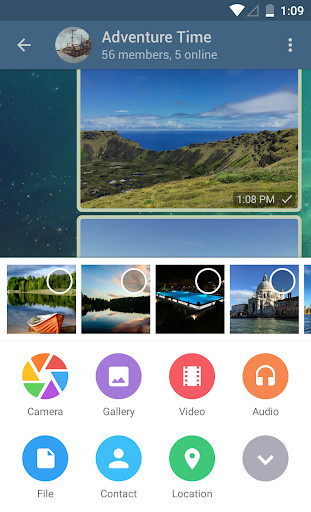


Our methodology is based on the design of a set of experiments suitable to elicit the generation of artifacts and their retention on the device storage, and on the use of virtualized smartphones to ensure the generality of the results and the full repeatability of the experiments, so that our findings can be reproduced and validated by a third-party. In this paper we present a methodology for the forensic analysis of the artifacts generated on Android smartphones by Telegram Messenger, the official client for the Telegram instant messaging platform, which provides various forms of secure individual and group communication, by means of which both textual and non-textual messages can be exchanged among users, as well as voice calls.


 0 kommentar(er)
0 kommentar(er)
